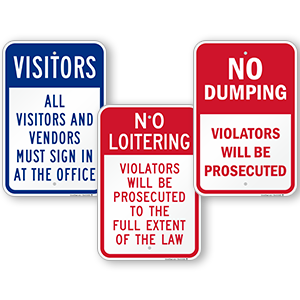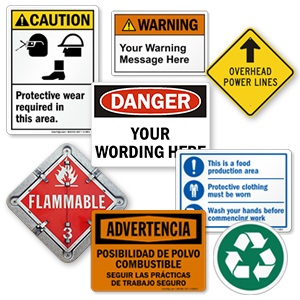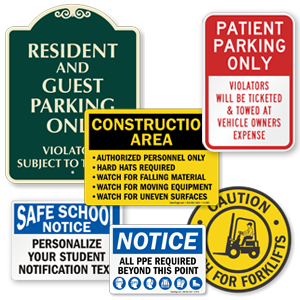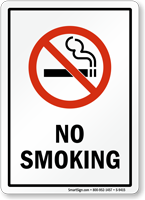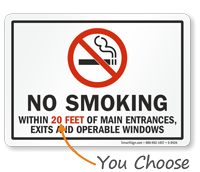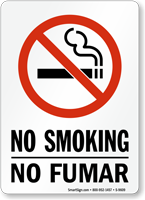Smoking Bans – How No Smoking Signs Help
Sometimes, a simple reminder is more effective than a law. While thirty-eight states in the US have implemented some sort of a smoking ban, it is awareness of these smoking bans is what will make a considerable difference to peoples’ smoking habits in public. This in turn makes No Smoking Signs essential to public facilities.
Smoking bans are in the news constantly. Recently, the mayor of New York City signed a law banning smoking in city parks, public plazas, beaches, boardwalks and other public areas. Smoking is also prohibited in pedestrian plazas like Times Square, and violators may face a fine of $50 or more.
The laws have been set, but how can they be communicated? Increasing bans on smoking have led to a rising demand in No Smoking Signs for every facility. No Smoking Signs act as gentle reminders to smokers to obey the law and maintain smoke-free facilities.
These smoking bans reflect the fact that states have come to realize both the health and financial effects of smoking. Some astounding figures reveal that about 443,000 Americans die from smoking or exposure to secondhand smoke every year. The National Health Interview Survey, conducted in 2010, shows that 21.5% of American men and 17.3% of American women are smokers. Smoking is costs $96 billion in direct medical costs, and another $97 billion in productivity loss due to premature death. Another survey found that 40% of American children live with a smoker, which amounts to at 200,000 incidents of asthma every year. Children may also suffer from ear infections and sudden infant death syndrome after being exposed to smoke.
Adoption of anti-smoking laws could have every state enforce a ban on smoking in restaurants, bars, and the workplace. Half of the states in the US have banned smoking, and federal health officials have predicted that by the end of year 2020, cigarette smoking will not be allowed in any US state. Wishful thinking? Regardless of predictions, the enacting and implementing of smoking bans would have a significant effect on national health concerns.



